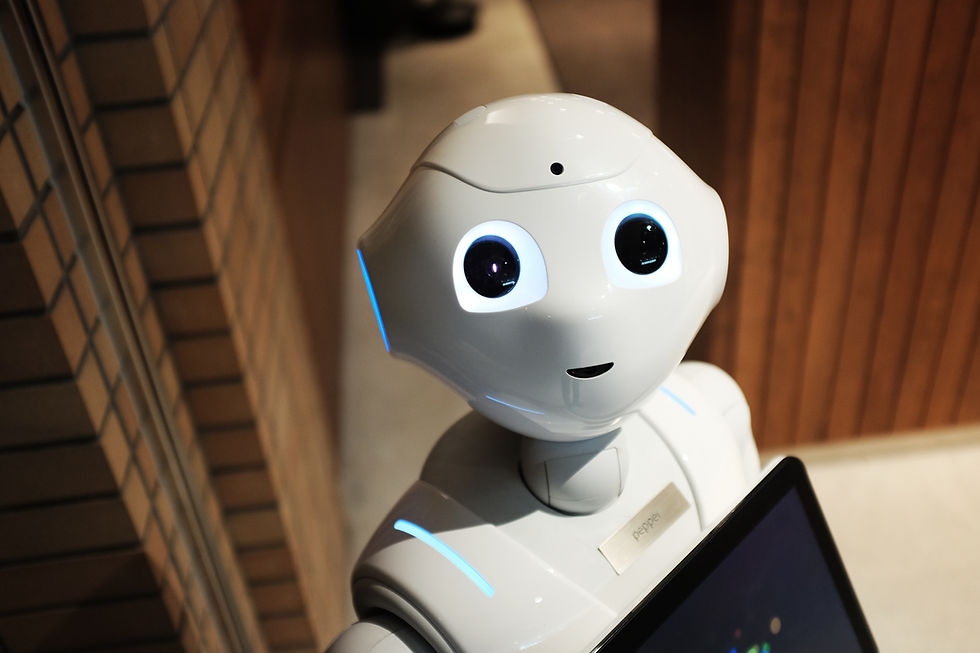Imagine having an assistant that can answer your questions, write emails, create pieces of text, help you learn new languages and even make jokes. Sounds incredible, right? This is what ChatGPT, an artificial intelligence developed by OpenAI, can do for you. If you're a beginner and want to get started with ChatGPT, this will introduce you to the exciting world of this AI conversational agent.

What is ChatGPT?
Understanding AI and Machine Learning
Before diving into ChatGPT, let's take a step back and understand the technology that powers it. At its core, ChatGPT is an AI, or artificial intelligence. AI refers to the simulation of human intelligence in machines that are programmed to learn and mimic human actions.
ChatGPT uses a specific type of AI called machine learning, where machines learn patterns from large amounts of data. The more data they have, the better they can understand and mimic human language.
The GPT Family
ChatGPT is based on the GPT (Generative Pretrained Transformer) series of models developed by OpenAI. These models are designed to generate human-like text based on the input they receive. GPT-1 was the initial model, followed by GPT-2, GPT-3, the most recent version is GPT-4 each more powerful and capable than its predecessor.
How does ChatGPT Work?
ChatGPT learns to predict the next word in a sentence. It's trained on a large corpus of internet text, but it doesn't know specifics about which documents were in its training set. It uses this training to understand and generate human-like text. It’s important to note that while ChatGPT can generate information that seems knowledgeable, it doesn't 'understand' the text in the way humans do. It doesn't have beliefs, opinions, or consciousness; it generates outputs based on patterns it learned during training.
Getting Started with ChatGPT
Interacting with ChatGPT
Interacting with ChatGPT is like having a conversation with a person. You provide an input or a prompt and it responds based on its training. The more specific your prompt, the better the response you're likely to get. You can ask it to generate a story, answer questions, create a poem, write an email and much more.
Use Cases
ChatGPT has a wide range of applications:
Content Creation: It can write articles, blogs, stories, and more, making it a useful tool for writers and content creators.
Education: It can be used as a learning tool, answering questions on various topics and aiding in language learning.
Entertainment: You can use ChatGPT to generate jokes, create fictional stories, or even simulate characters for video games.
Productivity: ChatGPT can help manage your emails, schedule meetings, or provide reminders.
Guidelines and Safety Measures
When using ChatGPT, remember that it doesn't know anything about you unless you tell it. It doesn't have access to personal data about individuals unless explicitly provided during the conversation. OpenAI has implemented safeguards to make interactions safe, such as content filters to prevent the model from generating inappropriate content. However, these aren't perfect, and there's ongoing work to improve them.
Limitations and Future Developments
As impressive as ChatGPT is, it has its limitations. For example, it can sometimes write incorrect or nonsensical information. It doesn't have the ability to access or retrieve real-time information and it doesn't have the ability to fact-check information.

Comments